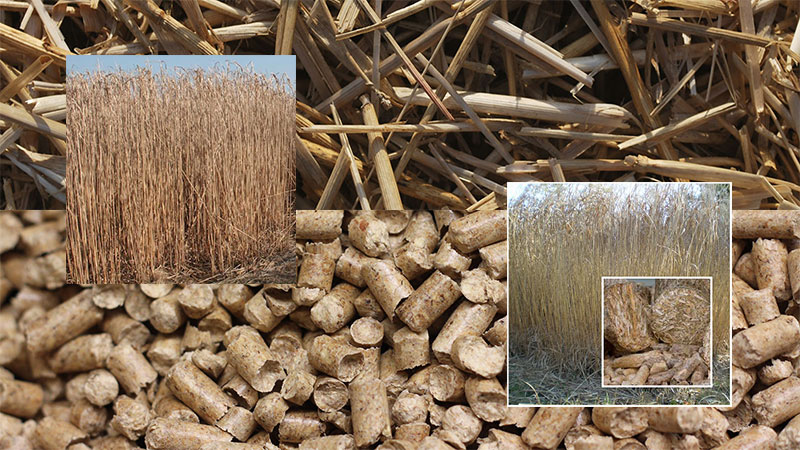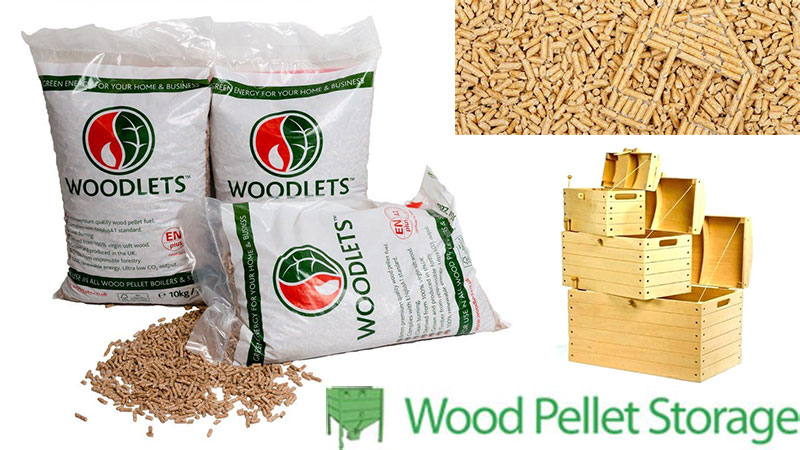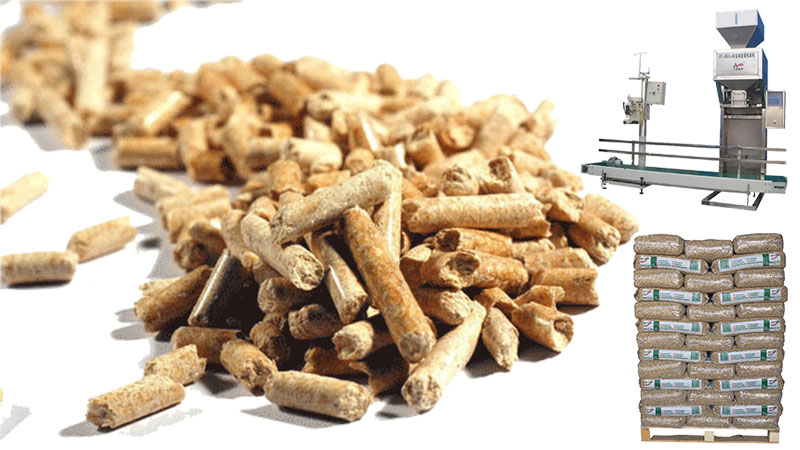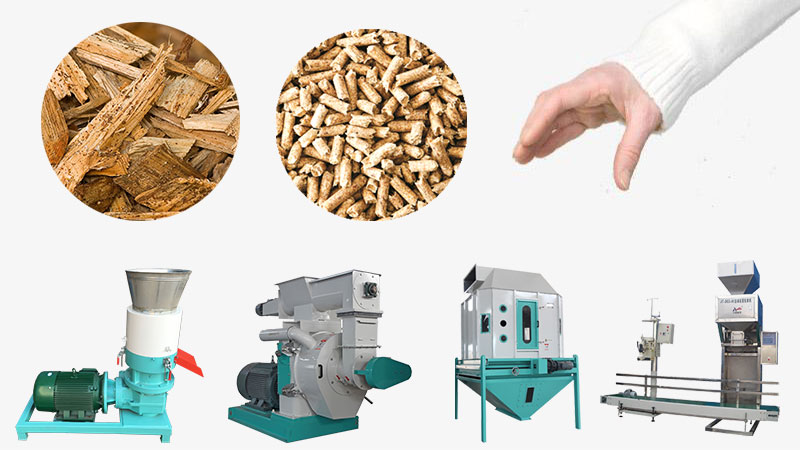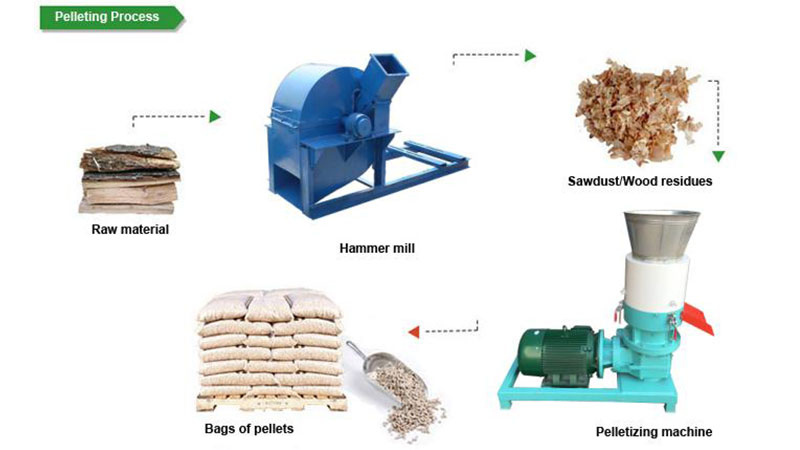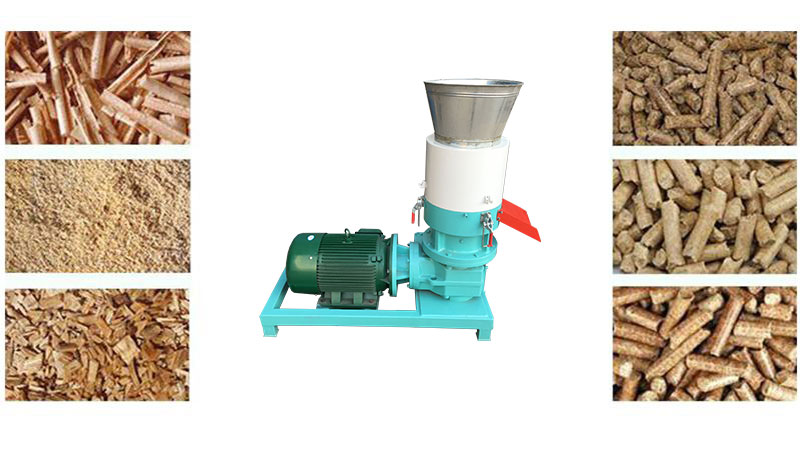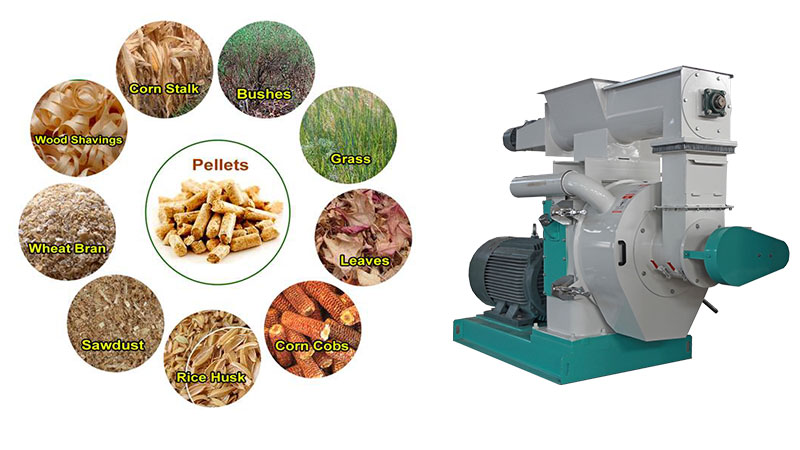| Miscanthus as Raw Materials of Biomass pellets |
I. Comprehensive Analysis of Miscanthus as Biomass Fuel
II. Why Make Miscanthus Pellets
III. Miscanthus Pellet Production
IV. Potential Market of Miscanthus Pellets in Europe
I. Comprehensive Analysis of Miscanthus as Biomass Fuel
1. Introduction
Miscanthus also called elephant grass is a high yielding energy crops that grows over 3 meters tall, producing a crop every year without the need for replanting. Miscanthus was introduced to Europe from the Far East in the 1930’s as an ornamental and from the 1950’s has been developed into a biomass crop through research, breeding and selection programs with considerable potential in a wide range of climatic zones including temperate Europe, and is being increasingly grown as an energy crop in Europe and America now.
|
|
2. Wide Yield
Miscanthus x giganteus is a perennial grass that grows as tall as 12 feet high and can produce an impressive 15 tons of biomass per acre annually, according to University of Illinois research. Miscanthus which originated in Asia now it has a wide production acre across the US, Canada and the EU. In the Republic of Ireland, the dry matter yields from miscanthus can be expected to be similar to those for the North of England and in the range of 12-15 tonnes dry matter per hectare per year. The research has shown that in 2012 harvestable Miscanthus yields have been estimated to be in the range of 2 to 44 t/ha, yield of 27 to 44 t/ha have been reported in Europe and US Midwestern locations, and 10 to 11 t/ha of small scale trials at spring harvest in Montreal Canada.
3. Priority of Miscanthus
The rapid growth, low mineral content, and high biomass yield of miscanthus increasingly make it the key candidate biomass fuel crop, outperforming wheat straw, switchgrass and other alternatives.
♦ High dry weight annual yield of biomass and cellulose
With a yield of about 17 tonnes of dry matter from the fourth year after planting and high cellulose content (45% – 52%) Miscanthus is one of the most promising crops in the Western European climate.
♦ Virtually no pesticides
Only in the planting year and the first year post planting weed control is necessary. For the remaining 19 years this is no longer needed due to leaf fall and the rapid growth of the elephant grass.
♦Virtually no fertilization
The need for fertilization is very limited (from the third year after planting 30-60kg. N/ha.). First of all this is a result of the fact Miscanthus is a C4 crop. Secondly this is a result of the fact that the crop dries and the nutrients sink back to the rhizomes. Thirdly after leaf fall and composting of the leaves the nutrients are absorbed by the elephant grass’ rhizomes.
♦Non-invasive
Unlike some other perennial crops elephant grass gives no problems with removal of the crop.
4. Component Analysis of Miscanthus as Biomass Fuel
The composition of cellulose, hemicellulose and lignin in Miscanthus plays a crucial role in optimizing strategies for biofuels. With different harvest periods-February or November, the chemical compositions will have little difference. Harvesting miscanthus in February generally leads to higher cellulose, hemicellulose and lignin contents and lower ash content. Here is Component Analysis of Miscanthus.
|
Cellulose(%)
|
Hemicellulose (%)
|
Lignin(%)
|
H:L
|
Ash (%)
|
Moisture (% wt)
|
|
43.06-52.20
|
24.83-33.98
|
9.27-12.58
|
6.2-8.9
|
2.16-3.47
|
4.1-4.9
|
|
Note: H:L= holocellulose: lignin ratio
|
|||||
5. Biomass Merit of Miscanthus Compared to that of Other Crops
|
Materials
|
Dry mass yield
(tDM/ha year) |
Lower heating
value (MJ/kgDM) |
Energy production
per ha (GJ/ha) |
Water content
at harvest % |
Ash content weight %
|
|
Miscanthus
|
8-32
|
17.5
|
140-560
|
15.0
|
3.7
|
|
Straw
|
2-4
|
17.0
|
35-70
|
14.5
|
5.0
|
|
Hemp
|
10-18
|
16.8
|
170-300
|
N/A
|
N/A
|
|
Willow
|
8-15
|
18.5
|
280-315
|
53.0
|
2.0
|
|
Poplar
|
9-16
|
18.7
|
170-300
|
49.0
|
1.5
|
|
Giant reed
|
15-35
|
16.3
|
245-570
|
50.0
|
5.0
|
|
Reed canary grass
|
6-12
|
16.3
|
100-130
|
13.0
|
4.0
|
|
Switchgrass
|
9-18
|
17.0
|
N/A
|
15.0
|
6.0
|
|
Black locust
|
5-10
|
19.5
|
100-200
|
35.0
|
N/A
|
|
Wood
|
3-5
|
18.7
|
75
|
50.0
|
1-1.5
|

II. Why Make Miscanthus Pellets
1. Comparison between Miscanthus and Miscanthus Pellets
Miscanthus pellet, the add-value form of miscnathus, is individual cylinders of 6mm wide by 10-30mm in length. Available for similar prices as other biomass, miscanthus pellets bring the advantage of consistency in both format and property alongside ease of handling to a power generation operator. The pelleting process has further advantage from miscanthus in the required heat application and higher pressure process as the crop has a lower moisture content (Miscanthus 15% baled) and lignin content (Miscanthus 12%) than softwoods (30% lignin & 50% moisture). With a low mineral content and low moisture content, miscanthus pellets provide plenty of heat, and represent excellent value for money. Miscanthus pellets are extremely environmentally friendly, and ideal for using in biomass boiler.
|
Materials
|
Moisture content
|
Ash content
|
Calorific value
|
Density
|
|
Miscanthus
|
during harvest, 29-33%
Storage phase, less than 15%
|
About 3.7%
|
12.96 MJ/kg
|
150kg/m³
|
|
Miscanthus pellets
|
Less than 8%
|
0.5-2%
|
19.59MJ/kg
|
600kg/m³
|
Bulk density of miscanthus is low, whether it is chopped or in bales, varying between 50 to 150 kg/m3 , so also the energy density of raw material becomes low. If miscanthus are compressed into pellets, transport cost will be lower and calorific value will be improved.
2. Miscanthus Pellet Bedding for Animals
Miscanthus pellets can also be used for animal bedding, typically for horses. Unlike wood pellets Miscanthus pellets for bedding and are softer, more absorbent, hygienic and easier to use; offering a natural, eco-friendly alternative to wood, straw, paper or clay based beddings and litters.
Practically tested was carried out on all commercially available products including wood shavings, normal straw, pelleted straw, rice husks, hemp and paper pulp. Miscanthus pellets proved to be the best solution across all relevant criteria such as labour required, amount of bedding used and to be disposed, ammonia formation, storage costs and performance ratio.
III. Miscanthus Pellet Production
The increased demand for pellets for heating is causing shortage of the traditional raw materials, sawdust and wood shavings. As a result, attention has turned to using alternative source of biomass such as Miscanthus. Here is the comprehensive production line for Miscanthus pellets.
1. Harvesting
Miscanthus can be harvested in a similar way to conventional cereal crops. Choose a suitable mower conditioner for its mowing and baling.
Peak production of Miscanthus occurs in autumn. Generally speaking, it is common to postpone harvest until the following spring. This improves the quality of the biomass as nutrient and moisture content are reduced, and energy content is increased. The output loss is compensated by the increase in energy content. The average harvestable yield from 1 ha of Miscanthus in Ireland is assumed to be 11.5 dry t/ha from a 1 year harvest cycle. Harvest losses represent an important loss during the conversion of the standing yield of the crop to the harvest yield.
|
|
|
2. Drying
The harvested Miscanthus must be dried to a moisture content in order to be stored in a stable manner and to allow processing to pellets or briquettes. The required moisture content for pelleting or briquetting is 10%. On mowing, the Miscanthus is left in windrows in the field to further reduce the moisture content. It is the baled, and transported to the processing facility where it is chopped. Approximately 50% of the Miscanthus received at the processing facility is at a suitable moisture content for next processing. While 50% need to be further dried by a drying machine.
3. Grinding Processing
Before pelleting, the raw material must be reduced to an average particle size. For Miscanthus, this will require two separate grinding operations. Bales will go through a chopper or bale shredder, then through a hammer mill.
4. Pelleting
Pellet formation takes place in the pellet mill where the feedstock is extruded through a ring die or flat die. As the pellets begin to extend outside the die, they are broken off with knives at a specified length. There are specialized pellet mill or pellet plant for Miscanthus pellet production.
5. Cooling
Cooling is necessary t stabilize, dry and firm the pellets. The counter-flow cooler is the most popular type in the industry. It pulls ambient air through a bed of pellets to remove moisture and heat through evaporative and convective cooling.
6. Screening
When the pelleting is complete, some amount of the material will have not formed pellets. These materials are called fines. Screening is necessary to separate this materials out. It is then sent back through the pellet mill. When the pelleting process is functioning correctly less than 3% of the material will be screen out.
7. Bagging
After screening, pellets are bagged for residential sales or stored in bulk. For automatic packaging, pellet packing machine can service you. Pellets are conveyed to a bag-out bin where a scale measures the correct weight for each bag. The bags are then sealed and stacked on pallets.
IV. Potential Market of Miscanthus Pellets in Europe
Energy crisis, global warming, and climatic changes call for technological and commercial advances in manufacturing high-quality fuels. Biomass is seen as a very promising option for fulfilling the environmental goals defined by the European Commission as well as various national governments. In Europe, there is an ever-increasing awareness of the need to reduce greenhouse gas emissions in line with European Union’s Renewable Energy Directive target of 20% of overall gross energy consumption by renewables by 2020. Miscanthus can contribute significantly to cover the energy demand. On the one hand, among numerous energetic plants, Miscanthus seems more particularly under the French and German climates. It presents some valuable advantages: simple cultivation and harvesting, high yield and good calorific value. On the other hand, as for its impact on environment, Miscanthus pellets possess numbers of benefits. For instance, it is virtually dust free(made from 6mm fibers, not sawdust). Moreover, it takes 1 year to realize carbon neutral, while wood requires more than 20 years.
Because of the fact that Miscanthus is natural, sustainable and eco-friendly, more market opportunities for Miscanthus pellets lie in combined-heat-and-power applications and commercial power plants. Furthermore, it creates a soft, springy and non slip surface, which is the reason why Miscanthus pellets can also be used for bedding, such as beds for small pets, poultry or cattle. The use of miscanthus ash arising from combustion processes as a fertilizer is also being done.
